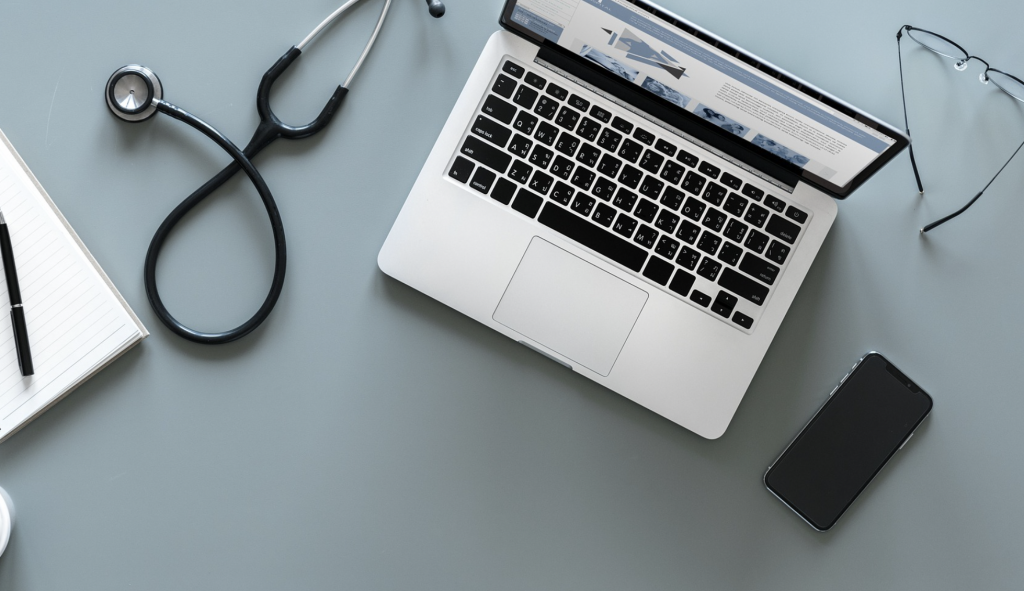We live in a digital world so it should be no surprise to see the expectations to have connected medical devices on site. The decision to become connected for the medical device company is all about analyzing risks and benefits. To make the decision easier, here are some important benefits associated with connected medical devices.
Better Treatment And Diagnosis
When using a medical training device that is not connected, it is difficult to get all the information needed to decide on the best possible treatment. With the use of connected medical devices in the environment of the patient, like those placed inside homes or wearables, doctors can monitor things like psychosocial, nutritional, and environmental factors. This is besides clinical data gained from medical procedures and laboratory tests. Basically, the doctors get more information that can be used in order to better diagnose and treat patients.
Easily Monitoring Chronic Diseases
With the use of connected medical devices, clinicians can remotely monitor chronic diseases. This is especially the case with the lifestyle-related ones, like high blood pressure and diabetes. Both clinicians and patients benefit from this as the number of check-ins necessary are reduced.
A connected device can give the clinician the possibility to determine when early intervention is needed, as soon as issues appear. This avoids really risky and costly procedures in the future. The patient ends up saving money on treatment and their health is automatically improved. Even traveling to receive care is reduced.
Enhanced Clinical And Patient Experience
The connected medical devices will help clinicians to create streamlined workflows. Remote data access drastically helps. This includes collecting data in central repositories so it can be analyzed. Clinicians will be able to gather data and store them in electronic health records. There is no longer a need to transcribe data so it can be moved from one system to the next. Time is saved and doctors get to identify conditions faster.
With data analysis and collection, big data technology is used to give access to relevant and personalized information that patients can gather. Even medical staff can use the devices to better train clinicians.
Improved Medical Device Management
Medical device companies now need to launch products that are connected because they are responsible for monitoring with every single device present on the market. Usually, the company is responsible for fixing issues and maintaining devices. The connected devices remotely gather device diagnostics. This is done remotely and basically guarantees that devices work safely. The company can easily set up such alerts and can inform device malfunctions. It is easier to intervene early with the purpose of preventing adverse events.
With real-time information, medical device companies easily utilize maintenance workforces. Workers can be deployed whenever urgent care is needed and there are issues that have to be taken care of. There is no longer a need to follow a time-based, static maintenance schedule.
Last but not least, while taking a look at maintenance, remote abilities make it very easy to deploy bug fixes and upgrade software. The customer experience becomes a lot better and many issues can be remotely troubleshoot without having to deploy technicians.




